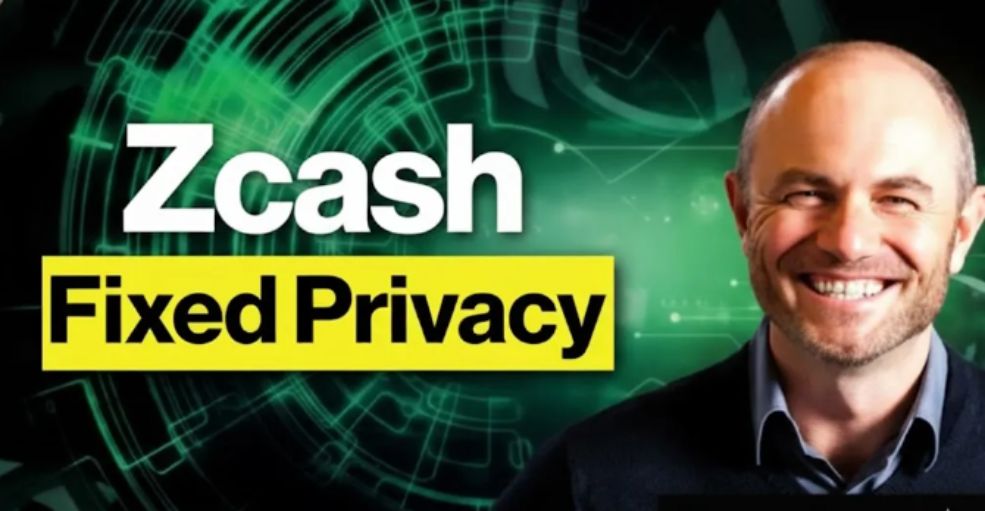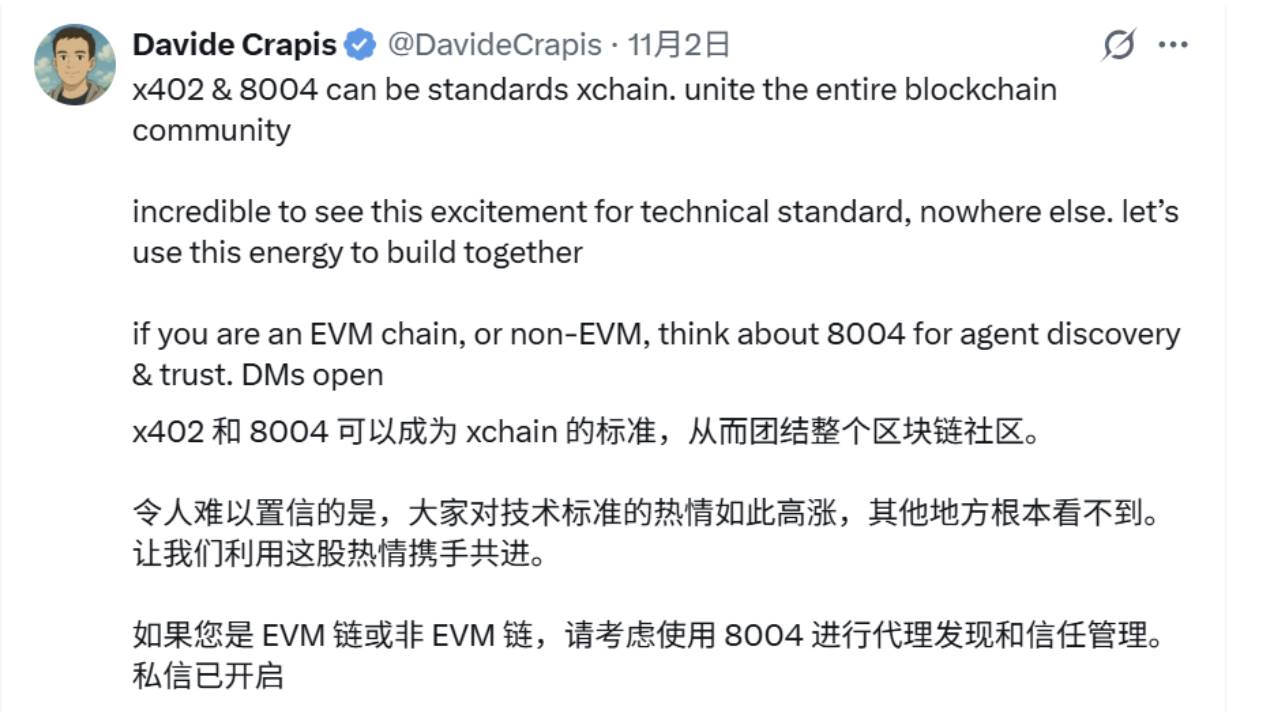Eric Balchunas, a senior ETF analyst at Bloomberg, found himself at the center of a heated backlash from the Ethereum community after posting what they labeled as “misinformation.”
Yesterday, Balchunas shared a passage from the book “Bitcoin: Beginner’s Guide” by Benjamin Hart on X (formerly Twitter). In the post, he claimed Ethereum was not as secure as Bitcoin.
He said all that in response to a crypto book recommendation request from Nate Geraci, the president of ETF Store.
The flawed AWS claim about Ethereum
The passage Balchunas quoted from the book stated that the U.S. government could “Shut down Ethereum” by cutting off AWS, where 28.4% of the blockchain’s nodes are hosted, according to Ethernodes.
However, critics pointed out that this percentage is far from enough to take down the entire network.
Ethereum operates on a decentralized network. Every node within the system maintains a full copy of the Ethereum ledger, meaning that even if nodes hosted on AWS were to go offline, the rest of the nodes would continue running without disruption.
There are nodes hosted on private servers, home systems, and other cloud platforms, ensuring the network’s redundancy. The blockchain doesn’t rely on any single provider, let alone AWS, to function.
Anthony Sassano, an Ethereum educator, shared his frustration over Balchunas’s post, calling it “absolute blatant misinformation” and “complete propaganda.” He directly criticized Balchunas, saying:
“You should be utterly ashamed of yourself for even sharing this (and you only deleted it because you didn’t want to deal with people calling you out).”
The Ethereum community also pointed to the absurdity of another claim from the book passage that suggested the kidnapping of Ethereum co-founder Vitalik Buterin could result in someone forcing him to hand over “all the Ether they want.”
This statement was widely mocked for its misunderstanding of how decentralized networks operate. ConsenSys product manager Jimmy Ragosa called the shared excerpt “the most propaganda-ridden paragraph ever.”
Misunderstanding blockchain fundamentals
Many Bitcoin maximalists fundamentally misunderstand blockchain technology, especially Ethereum.
Every blockchain, regardless of whether it uses Proof of Work (PoW) like Bitcoin or Proof of Stake (PoS) like Ethereum, relies on a shared set of rules to maintain the legitimacy of its ledger.
If a node deviates from these rules, its version of the blockchain will be discarded by the rest of the network.

When people in the Ethereum community argue that this type of misinformation is harmful, they’re referring to the fact that it perpetuates a misunderstanding of what makes blockchains resilient.
Blockchains are not centralized systems, and they don’t rely on a few key players to remain operational. Instead, they depend on a distributed network of independent nodes, each running the same software and enforcing the same rules.
Even during major events like the DAO fork, which led to a contentious split in the community, the decision to fork the network was only effective because enough participants opted into the change.
If someone (whether it’s Vitalik Buterin or anyone else) tried to unilaterally change the rules, they would just end up with their own isolated version of the network, which others would not recognize.




